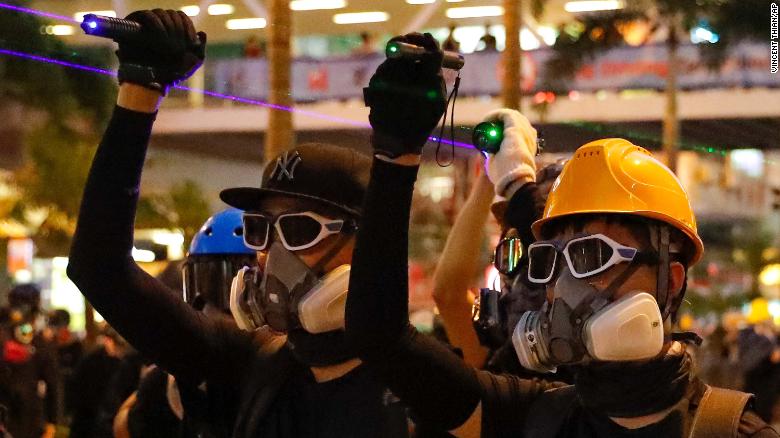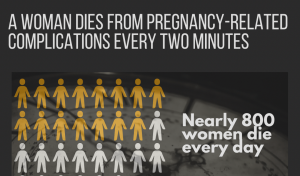Human chain across Hong Kong expresses solidarity and determination, say protesters

The action was planned to coincide with the 30th anniversary of the “Baltic Way,” a historically significant peaceful demonstration against Soviet occupation. On August 23, 1989, an estimated two million people formed a 600 kilometer (372 miles) long human chain across the three Baltic states of Estonia, Latvia and Lithuania. Starting from around 8 p.m. local time (8 a.m. ET), thousands of Hong Kong protesters began holding hands, forming chains along three subway lines to form the “Hong Kong Way.”In a flyer shared over social media, protesters said it is not intended to disrupt traffic or the public but is “an iconic move that reinforces Hong Kong’s solidarity and determination in hope of making our voices heard on the international stage.” ]]]]>]]>The human chain is one of several events planned in what will be the 12th consecutive weekend of protests in the semi-autonomous Chinese city. On Saturday, protesters have planned a “stress test” of Hong Kong’s international airport, which will involve traveling to the airport using all, and any, means available to them, to put pressure on airport transport and create a surge in traffic. Protesters have been urged by organizers to go as slow as possible to create maximum disruption. However, a High Court order on Friday extended an injunction order prohibiting protesters from entering the airport. Also planned are protests in Kwun Tong, in Kowloon, on Saturday and others in Tseun Wan and Kwai Ching districts on Sunday. The protests this weekend are coming off the back of a massive demonstration on August 18 that attempted to restore peace after weeks of violence. Organizers said 1.7 million protesters of all ages joined the march through the downtown areas, transforming much of the city center into a sea of slow moving umbrellas. The demonstration was widely viewed as a test of the movement’s durability following weeks of escalating violence between police and protesters. It followed ugly scenes at the city’s airport, when a group of protesters detained and beat two men they accused of being undercover police officers, and violently clashed with riot police.This week was one of the first peaceful weeks since the start of the protests but police say harassment has moved online.Speaking at a background briefing on Friday, several senior police officials who spoke on the condition of anonymity, said that members of the police have been doxxed — their private information including family photos, posted in chat rooms and on social media. Calling the tactic “a kind of psychological war” police officials said they had arrested 16 people on suspicion of disclosing personal data without consent and causing harm, and unauthorized access to a computer.”It’s disturbing because a lot of people are leaking police information,” one officer said. “There is an online radicalization now (to) the whole movement and that is worrying. In any country, this sounds like extremism. Not like a protest. This is not protest. This is not peaceful.”The protest movement, which began in June over a now-shelved extradition bill, has since expanded to include calls for greater democracy and government accountability.Hong Kong’s international image has suffered as a result of the ongoing protests, particularly disruption at the airport, and the government admitted last week that the economy is suffering.






